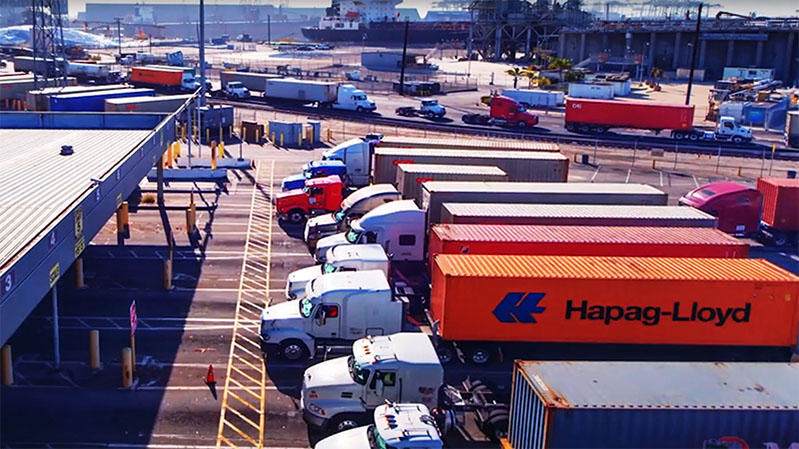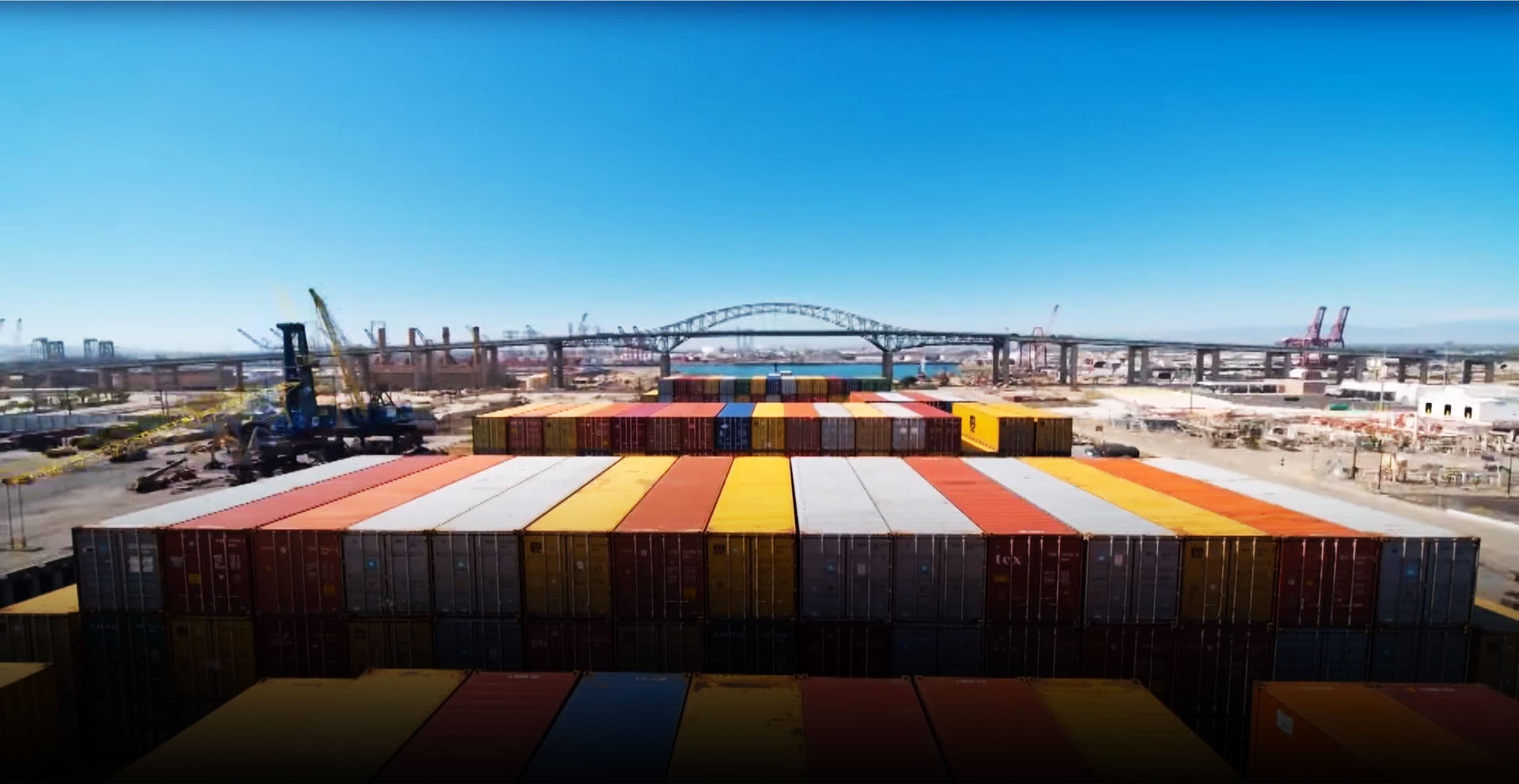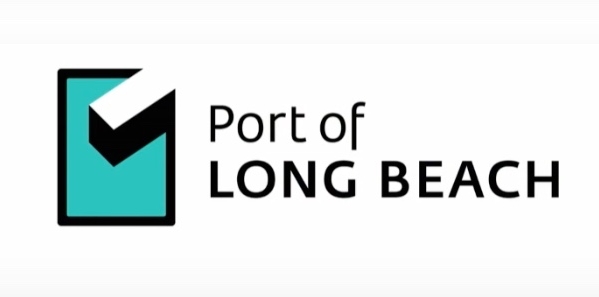Research Projects
Stop the VideoResearch Projects


Institutional Response to Transit Oriented Development in the Los Angeles Metropolitan Area: Understanding Local Differences Through the Prism of Density, Diversity, and Design
Project Summary
Project number: PSR-17-09
Project description
This study explores local initiatives and institutional responses to promote transit-oriented development (TOD) around the rail transit stations in the Los Angeles metropolitan area. The primary objective is to understand the extent and circumstances of municipal responses to achieve TOD. Secondarily, the study examines what inferences can be drawn about local response to the design and planning of TODs, their relative success, and future outlook. The methodology includes both qualitative and quantitative components. It draws on in-depth structured interviews of senior planners from seven case study cities. The quantitative analysis examines variable policy landscape enfolding 93 stations. A Guttman scalogram analysis ranks the likely application of various policy tools identified by LA Metro. The findings underscore the primacy of local policies and plans for consistency, effectiveness, and flexibility in implementation. Second, over time municipalities become increasingly sophisticated in application of TOD policies. Third, while TOD-supportive policies are necessary for development, their mere presence is not always sufficient. Fourth, fewer Guttman errors for higher density downtown locations and older stations correspond to a multi-faceted approach to TOD promotion. Lastly, the relative success or failure of TOD seemingly is the byproduct of a proactive city and market demand, coupled with community engagement.
P.I. NAME & ADDRESS
Tridib BanerjeeProfessor and James Irvine Chair in Urban and Regional Planning, Sol Price School of Public Policy
650 Childs Way
Ralph and Goldy Lewis Hall (RGL) 301ALos Angeles, CA 90089-0626
United States
[email protected]
CO-P.I.
Deepak BahlProgram Director, USC Center for Economic Development
University Gateway - 3335 S Figueroa St
Los Angeles, CA 90089
United States
[email protected]















